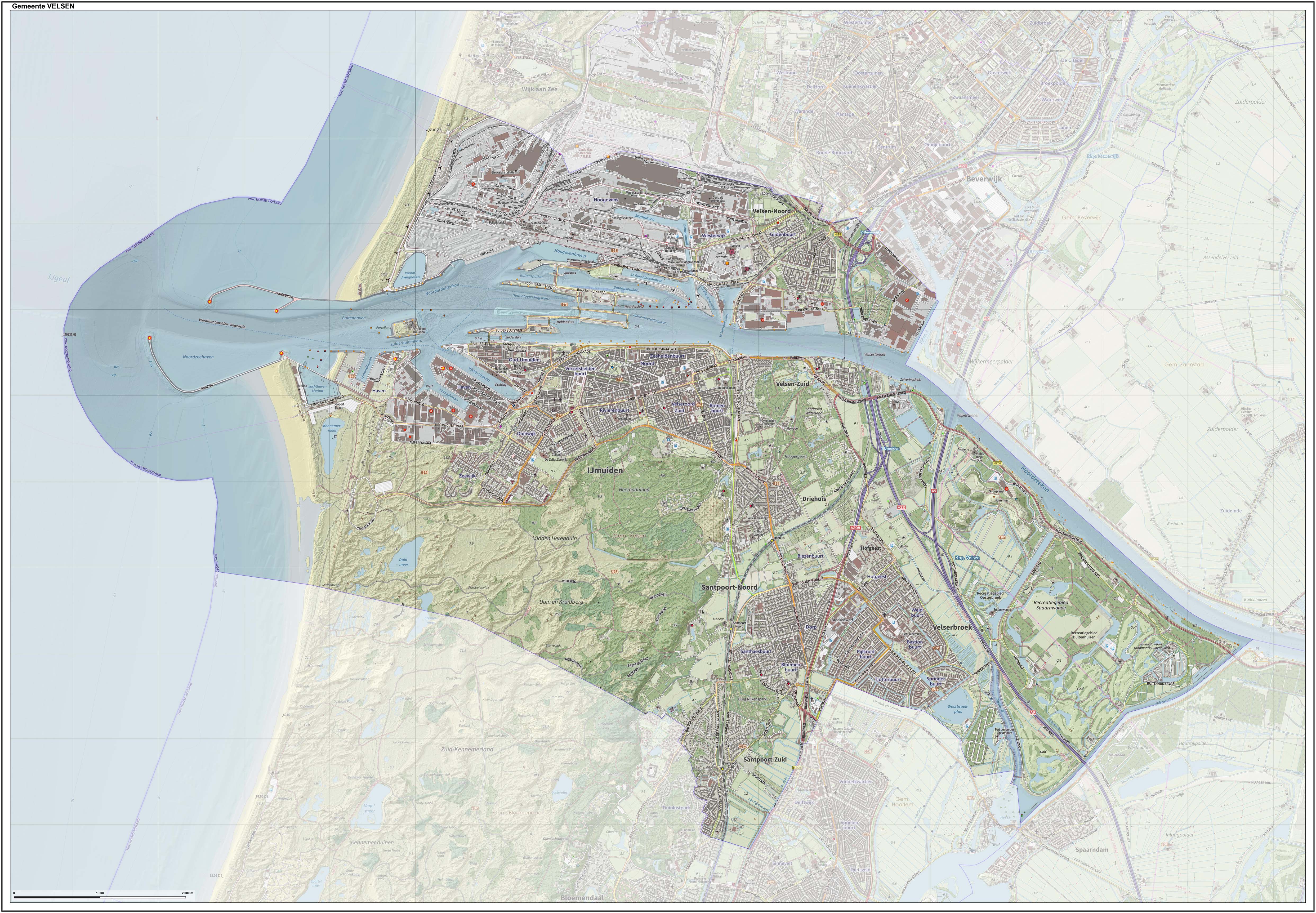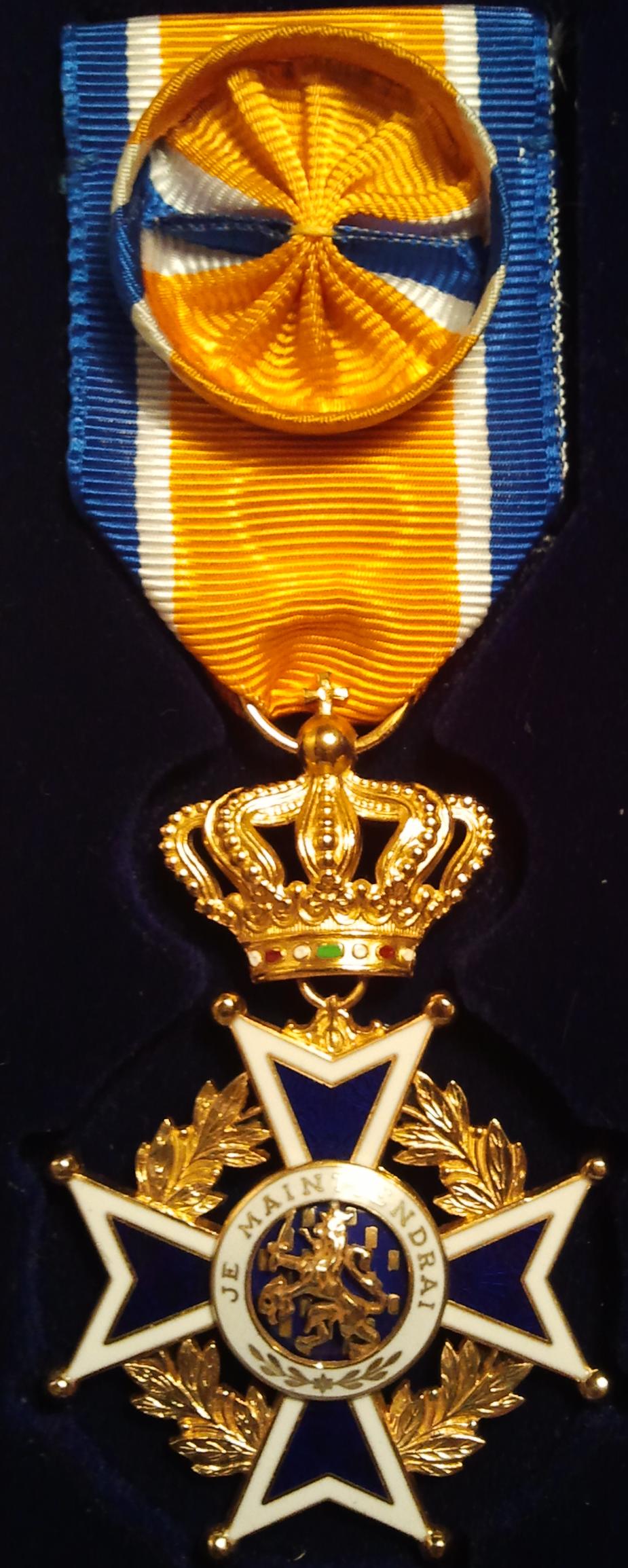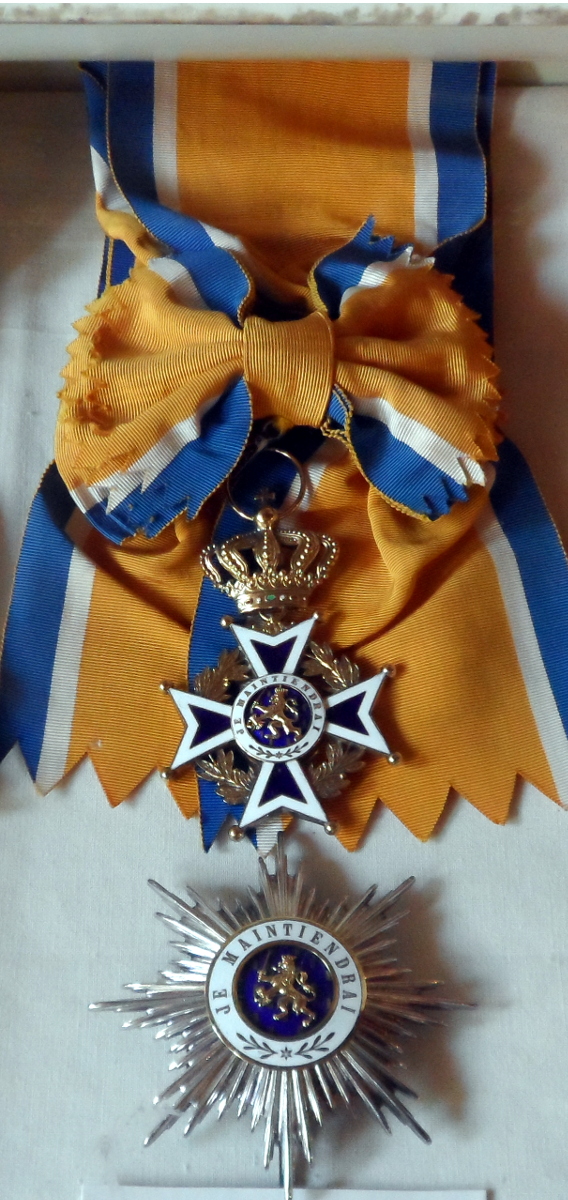|
Joop Doderer
Johan Heinrich (Joop) Doderer (28 August 1921 – 22 September 2005) was a Dutch actor, well known for his role as the tramp Swiebertje in the eponymous television series. The series ran for 17 seasons between 1955 and 1975, and was broadcast by the NCRV. Beside the role as ''Swiebertje'', Doderer played in dozens of radio and television programs, he played the role of Alfred Doolittle in ''My Fair Lady'', acted in Dutch and English movies, and appeared on stage in comedies, musicals, cabaret and dramas. Biography Doderer was born in Velsen, but brought up in Amsterdam. After finishing the '' Hogereburgerschool'', he persuaded his parents to let him take acting lessons. In 1939, aged 18, the Amsterdam acting school rejected him for 'lack of talent'. Instead, he started his acting career as an extra at the Nederlandsch Toneel, which enabled him to study actors like Cor van der Lugt Melsert. After World War II, he played in many comedies and musicals. For seven years, he was par ... [...More Info...] [...Related Items...] OR: [Wikipedia] [Google] [Baidu] |
Velsen
Velsen () is a municipality in the Netherlands, in the province of North Holland. It is located on both sides of the North Sea Canal. On the north side of the North Sea Canal there is a major steel plant, Tata Steel IJmuiden, formerly known as ''Koninklijke Hoogovens'' (the town of IJmuiden is actually located south of the canal). The headquarters of the Koninklijke Nederlandse Redding Maatschappij is located in IJmuiden. The Kennemerstrand beach on the south side of the canal is at the end of the Kennemerboulevard, which runs south of the Seaport Marina. To the south is the beach of Bloemendaal aan Zee. In between is a nude beach. Population centres The municipality of Velsen consists of the following cities, towns, villages and/or districts: * on the north of the North Sea Canal: ** Velsen-Noord * on the south of the North Sea Canal: ** Velsen-Zuid, Driehuis, IJmuiden, Santpoort-Noord, Santpoort-Zuid and Velserbroek, and the parts Oosterbroek and Buitenhuizen of the r ... [...More Info...] [...Related Items...] OR: [Wikipedia] [Google] [Baidu] |
Nursing Home
A nursing home is a facility for the residential care of elderly or disabled people. Nursing homes may also be referred to as skilled nursing facility (SNF) or long-term care facilities. Often, these terms have slightly different meanings to indicate whether the institutions are public or private, and whether they provide mostly assisted living, or nursing care and emergency medical care. Nursing homes are used by people who do not need to be in a hospital, but cannot be cared for at home. The nursing home facility nurses have the responsibilities of caring for the patients' medical needs and also the responsibility of being in charge of other employees, depending on their ranks. Most nursing homes have nursing aides and skilled nurses on hand 24 hours a day. In the United States, while nearly 1 in 10 residents age 75 to 84 stays in a nursing home for five or more years, nearly 3 in 10 residents in that age group stay less than 100 days, the maximum duration covered by Medicare, ... [...More Info...] [...Related Items...] OR: [Wikipedia] [Google] [Baidu] |
Order Of Orange-Nassau
The Order of Orange-Nassau ( nl, Orde van Oranje-Nassau, links=no) is a civil and military Dutch order of chivalry founded on 4 April 1892 by the queen regent, Emma of the Netherlands. The order is a chivalric order open to "everyone who has performed acts of special merits for society.” These are people who deserve appreciation and recognition from society for the special way in which they have carried out their activities. Titles, prefixes, or post-nominals are not used in the Netherlands – the only exception being the Military William Order. History In 1841 William II of the Netherlands, as Grand Duke of Luxembourg, created the Order of the Oak Crown. Although this was officially not a Dutch order, honours were regularly conferred on Dutch people. After the death of William III, Luxembourg, according to the Nassau Family Pact, became the domain of the other branch of the House of Nassau. In the Netherlands the need for a third order, beside the Military William O ... [...More Info...] [...Related Items...] OR: [Wikipedia] [Google] [Baidu] |
Ridder In De Orde Van Oranje-Nassau
The Order of Orange-Nassau ( nl, Orde van Oranje-Nassau, links=no) is a civil and military Dutch order of chivalry founded on 4 April 1892 by the queen regent, Emma of the Netherlands. The order is a chivalric order open to "everyone who has performed acts of special merits for society.” These are people who deserve appreciation and recognition from society for the special way in which they have carried out their activities. Titles, prefixes, or post-nominals are not used in the Netherlands – the only exception being the Military William Order. History In 1841 William II of the Netherlands, as Grand Duke of Luxembourg, created the Order of the Oak Crown. Although this was officially not a Dutch order, honours were regularly conferred on Dutch people. After the death of William III, Luxembourg, according to the Nassau Family Pact, became the domain of the other branch of the House of Nassau. In the Netherlands the need for a third order, beside the Military William Or ... [...More Info...] [...Related Items...] OR: [Wikipedia] [Google] [Baidu] |
De Volkskrant
''de Volkskrant'' (; ''The People's Paper'') is a Dutch daily morning newspaper. Founded in 1919, it has a nationwide circulation of about 250,000. Formerly a leading centre-left Catholic broadsheet, ''de Volkskrant'' today is a medium-sized centrist compact. Pieter Klok is the current editor-in-chief. History and profile ''De Volkskrant'' was founded in 1919 and has been a daily morning newspaper since 1921. Originally ''de Volkskrant'' was a Roman Catholic newspaper closely linked to the Catholic People's Party and the Catholic pillar. The paper temporarily ceased publication in 1941. On its re-founding in 1945, its office moved from Den Bosch to Amsterdam. It became a left-wing newspaper in the 1960s, but began softening its stance in 1980. On 23 August 2006 the ''Volkskrant'' published its 25,000th edition. In 1968, the ownership of De Volkskrant and Het Parool merged into a new parent, De Perscombinatie. Het Parool gained control due to the larger investment in the par ... [...More Info...] [...Related Items...] OR: [Wikipedia] [Google] [Baidu] |
Oudewater
Oudewater () is a municipality and a town in the Netherlands. History The origin of the town of Oudewater is obscure and no information has been found concerning the first settlement of citizens. It is also difficult to recover the name of Oudewater. One explanation is that the name is a corruption of ''old water-meadow''. Oudewater was an important border city between Holland and Utrecht (province), Utrecht. Oudewater (lit. "Old water") was of great strategic importance. The town was granted City rights in the Netherlands, city rights in 1265 by Hendrik van Vianden, the Archdiocese of Utrecht (695–1580), bishop of Utrecht. Oudewater took its place in the First Free States council in Dordrecht on 19 July 1572, Oudewater was one of the twelve cities taking part in the first free convention of the States General of the Netherlands, States General in Dordrecht. This was a meeting that laid down the origin of the State of the Netherlands, as we know it now, under the leadership ... [...More Info...] [...Related Items...] OR: [Wikipedia] [Google] [Baidu] |
Koek En Ei
Vetkoek (, ) is a traditional South African fried dough bread. The vetkoek forms a part of South African culture. It is similar to the Caribbean Johnny cake, the Dutch '' oliebol'', and the Mexican ''sopaipillas''. It is also known by the Xhosa and Zulu name ''igwinya'' (plural ''magwinya''). The word ''vetkoek'' literally means "fat cake" in Afrikaans. It is similar in shape to a doughnut without a hole, and is made with a yeast dough. Vetkoeks are also often made alongside a curry mince, which is stuffed inside. Vetkoek is commonly sold at family-owned takeaway restaurants and African festivals and cultural events. Vetkoek is a popular meal for many people living in South Africa where it is served plain or with a filling and is hot and is sold by a wide variety of small trading businesses, hawkers at taxi ranks, roadside vendors, and fast food shops located throughout South Africa, Namibia and Botswana. See also * List of African dishes * South African cuisine ... [...More Info...] [...Related Items...] OR: [Wikipedia] [Google] [Baidu] |
Het Wonderlijke Leven Van Willem Parel
'' Het Wonderlijke leven van Willem Parel '' is a 1955 Dutch comedy film directed by Gerard Rutten. It revolves around Wim Sonneveld's comedy character Willem Parel. Cast *Wim Sonneveld ... Wim Sonneveld / Willem Parel * Peronne Hosang ... Hermine Toets van Slinderen *Femke Boersma ... Angèle (as Femke Talma) *Hans Kaart ... Huipie *Herbert Joeks ... Directeur van Radio Omroep 'De Windwijzer' *Bert van der Linden *Joop Doderer ... De Groninger *Rijk de Gooyer Rijk de Gooyer (17 December 1925 – 2 November 2011) was a Dutch Golden Calf-winning actor, writer, comedian and singer. From the 1950s until the early 1970s, he became well known in The Netherlands as part of a comic duo with John Kraaijkam ... ... Pianist *Thom Kelling ... De Hagenaar *Ben Aerden *Jan Apon ... Rechercheur *Philippe La Chapelle *Dina Diependaal *J. Ellerbrak *Frits Engels *Will Hollenga barman External links * 1955 films Dutch black-and-white films Dutch comedy films 1 ... [...More Info...] [...Related Items...] OR: [Wikipedia] [Google] [Baidu] |
Conny Stuart
Conny Stuart (5 September 1913 – 22 August 2010), pseudonym of Cornelia van Meijgaard, was a Dutch actress, singer, and '' cabaretière''. Biography Stuart was born in Wijhe and grew up in The Hague, near the Peace Palace. Her father was the administrator of the baron. During her education at the HBS Bleyenburg she took on the name "Stuart" and took piano lessons. In this period, she got the nickname "Puck". Stuart started her career as '' chansonnière'' and performed with the band of Freddy Johnson. On 25 July 1939 she made her radio debut. In World War II, Stuart met Wim Sonneveld, and began to perform in his ensemble. Sonneveld stimulated her comic qualities, for instance by letting his stage writer Hella Haasse write a farcical song like "Yvonne de spionne" for her. In the 1950s she became the leading lady of the show. Annie M.G. Schmidt, who wrote for the shows in those days, made sure she at least had one solo per show. She also could be heard in popular comical radio ... [...More Info...] [...Related Items...] OR: [Wikipedia] [Google] [Baidu] |
Wim Sonneveld
Willem "Wim" Sonneveld (; 28 June 1917 – 8 March 1974) was a Dutch cabaret artist and singer. Together with Toon Hermans and Wim Kan, he is considered to be one of the 'Great Three' of Dutch cabaret. Sonneveld is generally viewed as a Dutch cultural icon for his work and legacy in theatre, musicals and music. Biography Wim Sonneveld was born in Utrecht, Netherlands, to Gerrit Sonneveld and Geertruida van den Berg. In 1922, at a very young age, he lost his mother. After his time at school, where he was the class clown, he had a few unsuccessful jobs. In 1932 he started singing in an amateur choir, the ''Keep Smiling Singers'', after which he teamed up with Fons Goossens in 1934 to form a duo and perform at anniversaries of associations and institutions. Later that year he met reviewer Huub Janssen and after a journey through France in 1936 they started living together in Amsterdam, at first on the Westermarkt, later on the Prinsengracht. In that same year he worked for Louis D ... [...More Info...] [...Related Items...] OR: [Wikipedia] [Google] [Baidu] |





.jpeg/1200px-A_fat_cook_(Vetkoek).jpeg)
.jpg)